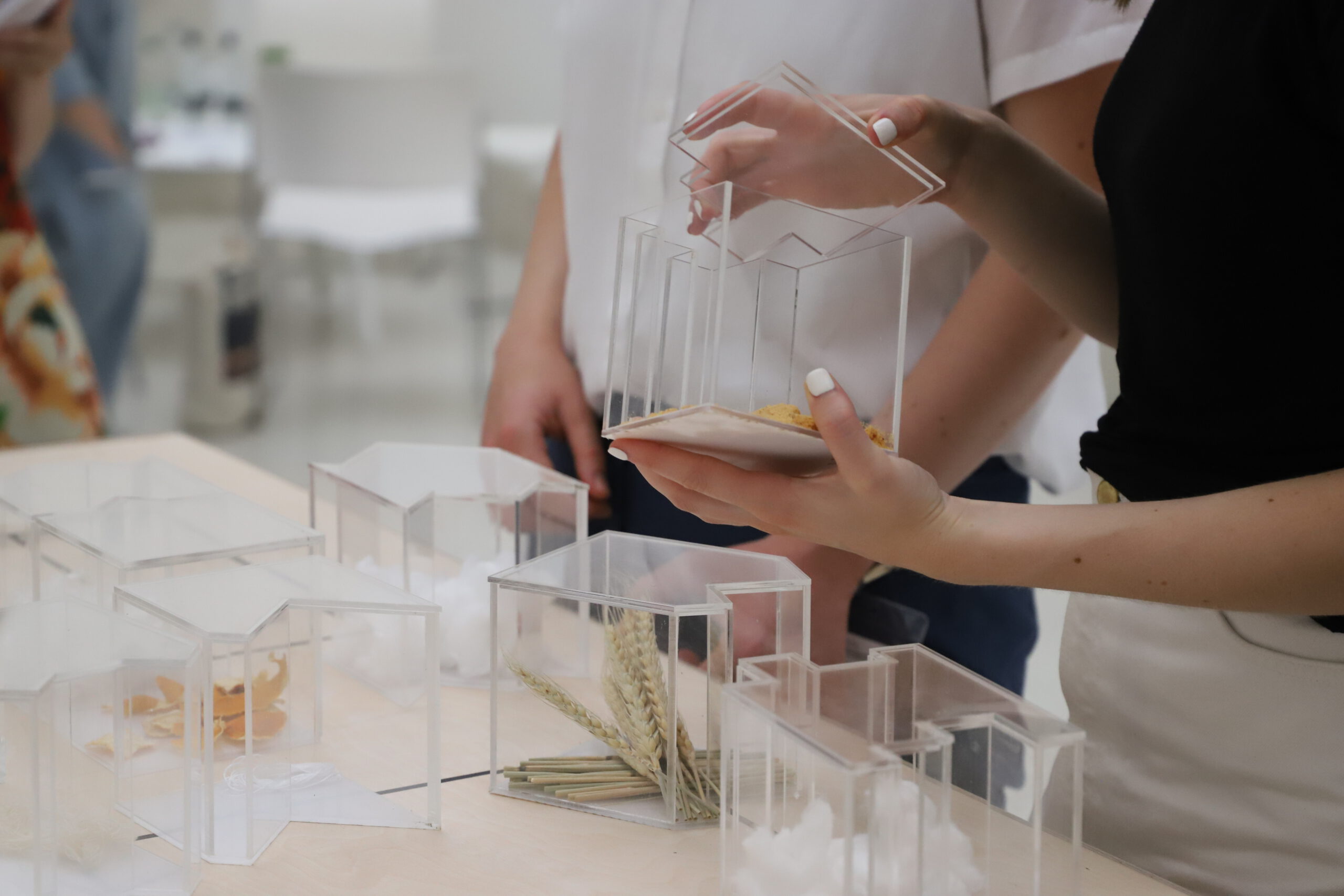
Humanity is living through a crisis that sees our way of life exhausting the resources of the earth and ourselves. The fashion sector shows the negative impacts of conspicuous consumption on our socioenvironmental wellbeing. Despite citizens’ growing awareness of their responsibility within consumption cycles, they reveal concerns about their lack of understanding and the support required for them to become agents of responsible consumption. The Circular Economy flourishes as a conceptual approach to help society transition to a more sustainable existence. This paper explores how emerging creative technology and interaction design might support a shift in the role of citizens in the Circular Economy. We performed a design inquiry that investigated the moment of acquisition via configuration of products, storytelling, and multimodal interaction techniques for the creation of experiences that could catalyse citizen-consumers to become custodians of materials. We developed a retail-based concept tool—The Compositor Tool—with which we ran a user study to investigate new experiential ways that consumers can participate in materials’ circularity. The study highlighted how experience design and new interaction techniques can introduce circularity as part of consumer experience by forging deeper connections between people and products/materials and enabling consumers to have more creative and informative material engagement.
Petreca, Bruna, Sharon Baurley, Katrine Hesseldahl, Alexa Pollmann, and Marianna Obrist. 2022. “The Compositor Tool: Investigating Consumer Experiences in the Circular Economy” Multimodal Technologies and Interaction 6, no. 4: 24. https://doi.org/10.3390/mti6040024